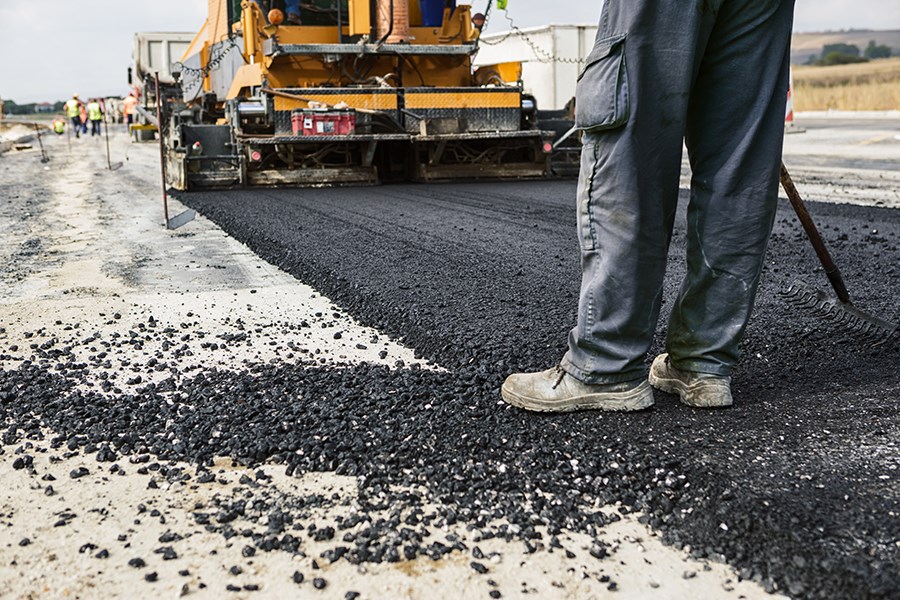It was all about the roads as Squamish council’s budget deliberations continued Monday morning at municipal hall.
As the second month of budget workshops began, a philosophical debate about roads broke out among councillors.
District projected costs for roads have increased about 19 per cent (to $1,716,419 from $1,334,450), due in part to a “fleet correction.”
“We have a fleet department, and that fleet department has taken on considerably more work,” said Christine Mathews, financial planning manager for the district.
In the capital budget, paving takes up a good chunk of the 2015 budget proposal at about $1 million.
Currently 20 per cent of district roads
are in poor or very poor condition, according to district engineer David Roulston. Reconstructing roads after they have severely declined rather than doing preventative work is far more expensive, Roulston said. “For this year’s paving program, because of the condition of our asphalt… that means we are spending about five times more repairing those roads,” Roulston said, adding that for 2015 about 50 per cent of the paving program is for repairing roads that are in poor condition.
“This has been explained to me every year that I have been in here, that paving has to be done, but I will point out again that we continue to do it without any thought to what our priorities are,” said Councillor Susan Chapelle.
“This is short-term thinking… it is not looking at our downtown in a comprehensive way.”
Chapelle would like to see money taken from the paving budget go to a pedestrian strategy and to trails.
“I would rather take a little bit of money out of the paving budget to develop a comprehensive plan for arterial travel for pedestrians and bikes,” she said.
“If we want an economy, we have to get people out of their cars and walking around.”
Councillor Doug Race disagreed with taking money out of the paving budget.
“I am really opposed to the idea of short-sighted taking away from the paving contract now to spend four or five times later. That makes absolutely no sense to me,” he said.
“You can talk about the focus of the community, and let’s face it, this community is going to be dependent on motor vehicle traffic for decades to come no matter what we do.”
Joanne Greenlees, district general manager of financial services, told the committee that $806,000 is also allocated in the proposed 2015 capital budget for work to aid pedestrians and cyclists.
“If we are doing a philosophical shift and we want to focus more of the pedestrian, sidewalk, cycling then I think we need to develop a plan for that, rather than just throw money at it,” she said.
Council passed a motion to repurpose $100,000 (of the transit increase that is no longer on the table) to fund a Safe Routes to School Plan and that may include the Hub for Active School Travel in British Columbia (Haste BC), an interactive school program that investigates safe walking and cycling routes to school.
At this point in the budget process, council is still considering a possible 7.5 per cent increase to property tax revenue this year.
Mayor Patricia Heintzman said council needs to start making decisions.
“Unless a more than 7.5 per cent tax increase is satisfactory to council, we really need to start, not just moving money around, we need to start making some tough decisions.”
The budget process has to be complete by May 15 according to provincial legislation, but council’s goal is to have the budget wrapped up well before then. For more information on the public consultation process involved in the budget deliberations, go to squamish.ca.



